The details on this posted example appear correct for an authentic Charleston Slave Hire Badge (slave tag). The year is 1823, and this would have been one manufactured by Charleston silversmith John Joseph Lafar. On some years the maker's punch mark is on the obverse (front), and other years the mark is on the reverse. Due to the bend in this particular example, and the angle of lighting in the photo, it is not clear if there is in fact a LAFAR punch mark under the date. The back side of authentic slave hire badges will generally be blank, with the exception of those marked with the maker's punch on the back, or in other isolated cases of the rarer late period Civil War years, when there was a shortage of copper and the badges were sometimes stamped over and reissued (a friend of mine actually dug one of these double stamped slave hire badges on one of our hunts together years ago, fully stamped on both sides with city, number, and occupation, in subsequent dated years).
In regards to locality of authentic excavated "slave tags", the vast majority have come from sites on the peninsula within the old district of the city of Charleston SC. As one travels further from Charleston, the probability of locating these items decreases substantially. There have been isolated recoveries in surrounding South Carolina counties, and even as far away as Georgia, Florida, North Carolina, Alabama, and possibly a few other places. However, from experience, even large plantation sites that were very active during the 19th century, and only 20-30 miles from Charleston, were found to rarely produce a slave hire badge. Fact is, the badge was a city of Charleston requirement, and therefore only certain slaves that were hired out to work for others within the city, were required to carry this identification. There are a few rare slave hire badges marked Charleston Neck, or in some cases simply C.N., that were for the small district at the narrow "neck" of the Charleston peninsula, where the city extends past two major rivers, and into the bay created by the convergence of the Ashley, Cooper, and Wando Rivers, and the Atlantic.
Personally I have excavated 6 authentic Charleston Slave Hire Badges over the years. The attached photo of a CHARLESTON 1841 SERVANT, is one of my personal recoveries. My father has excavated an additional 3 slave hire badges. In my collection are another 3 that were recovered by friends while searching sites together. I've held and examined dozens of other examples over the years, as well as viewing the collection at The Charleston Museum.
Slave Hire Badges are noted in a number of occupations, with SERVANT being the most commonly encountered. Following in sequence of rarity, are; PORTER, MECHANIC (as well as the rare spelling MECHANICK), FRUITERER (and also FRUITERER &c.), FISHER, CARPENTER (very rare), HUCKSTER (extremely rare), FREE (extremely rare and only known in early examples).
http://www.treasurenet.com/forums/what/225162-could-possibly-slave-tag.html#msg2749557
Browse Catalogue of Stack's January 2006 Auction - Limited to: The Americana Sale → The Paul West Collection of Charleston & Charleston Neck Slave Hire Badges, 1800 - 1864
http://www.wakeforestcoins.com/slave%20badges/slave%20badges.htm
Slavery tokens, Slave Tags, Anti-Slavery items, more! Mail bid, fixed-price sales, buying.
Slave Tags
CC Hunter
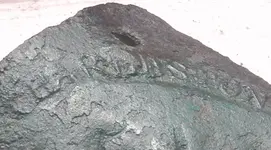
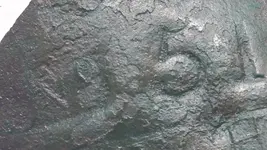
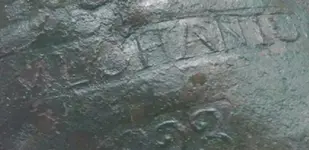
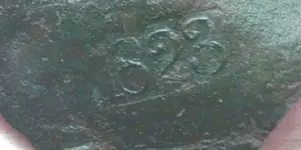
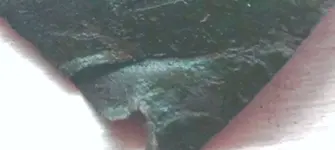

 Also before you start throwing accusations,you may want to look around....maybe in the prospecting section,and see what many of my posts have to do with....I kind of have a good reputation on here for certain things
Also before you start throwing accusations,you may want to look around....maybe in the prospecting section,and see what many of my posts have to do with....I kind of have a good reputation on here for certain thingsAlso before you start throwing accusations,you may want to look around....maybe in the prospecting section,and see what many of my posts have to do with....I kind of have a good reputation on here for certain things
